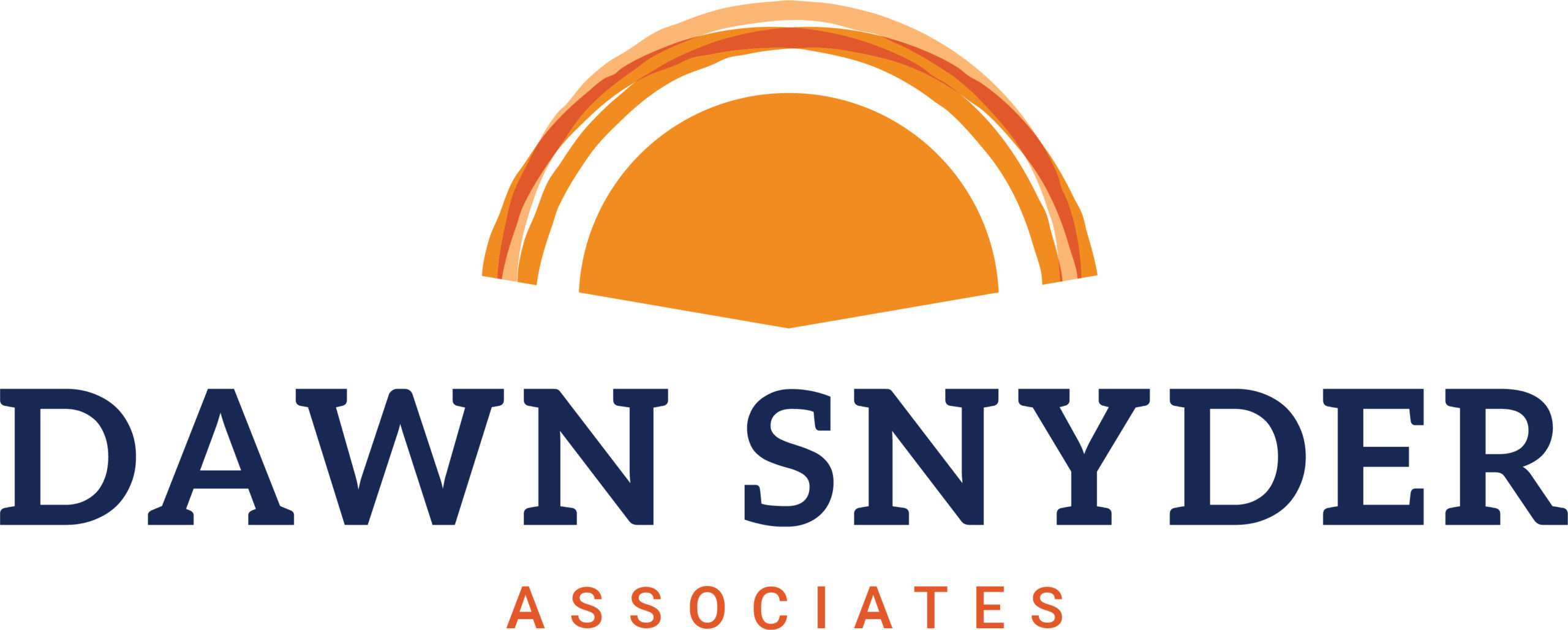There is a lot of discussion about how companies need to reskill their workforces to meet both current and future demands. We in talent development are asked to do new things in new ways to achieve new results. This means that learning functions need to change the way they operate, and individuals within learning functions need to ensure they have the skill sets they need to fulfill new functions.
To increase workforce capacity, all talent development professionals need to sharpen their performance mindset and incorporate the competencies associated with the practice of performance improvement. Many talent development professionals, even those armed with well-accepted credentials, are poorly prepared to meet this challenge. Research has shown that “among the weakest competencies…are organizational performance analysis, performance measurement, and business and training performance assessment.”
As further evidence for the increasing importance of a performance mindset, The Association for Talent Development’s (ATD) new Talent Development Capability Model includes Impacting Organizational Capability as one of three main practice domains. Impacting Organizational Capability “embodies the knowledge, skills, and abilities needed by professionals to ensure talent development is a primary mechanism driving organizational performance, productivity, and operational results.” (Performance Improvement is one of seven specific skill sets in this domain.) The inclusion of performance improvement isn’t new to ATD, but the new model elevates the importance of this performance mindset with a view to current and future use by talent development professionals and links it squarely to the achievement of organizational results.
Without the capacity to determine how to close performance gaps, talent development professionals often find themselves taking orders from decision-makers who don’t recognize the value of starting with the end in mind. Those talent development professionals end up spending their time creating content or completing activities that aren’t likely to move the needle on results in any meaningful way.
I can personally attest to the challenges of helping emerging talent develop a performance mindset and the corresponding skills/competencies. The doctoral students I advise often ask me for to recommend appropriate skill sets. Here is my list. I invite you to share your ideas.
- Can you change a conversation from “How many days should the training be?” to “What problem are we trying to solve?” and “What are the results we need to achieve?”
- Can you describe what’s going on in an organization? An environmental and an organizational analysis can be completed at various levels of complexity and provide critical information about the system in which performance occurs.
- Can you define what “good” looks like using a variety of methodologies? In the past year, I have used one or more of these in some combination: A job analysis, a competency study (sorry, Carl Binder), key job accomplishments, performance standards. Further, can you link worker performances to key performance indicators and/or other measures or metrics?
- Can you define current performance in a systematic way? Again, linkages to key performance indicators and organizational results is key. Your toolbox should probably include the ability to conduct organizational surveys, focus groups, interviews, and reviews of work outputs or products. You should also be able to analyze, organize, and report findings.
- Can you measure the gap between current and desired performance and define the value of that gap (or gaps)?
- Can you determine the cause(s) of the gap? Can you differentiate a knowledge and skill deficit from a wonky incentive system or lack of tools?
If you are a practitioner, this is a great time to evaluate your skill set and determine whether you are properly prepared to meet current and future employability needs. Here are some resources that can help you set a new direction:
The International Society for Performance Improvement has identified and verified ten standards that competent practitioners follow in the practice of Human Performance Technology. These standards are the basis for the Certified Performance Technologist credential. ISPI has workshops and a bookshelf to help you learn more.
The Association for Talent Development has the Talent Development Capability Model that is organized with a self-assessment that can help you create your learning plan. There are a plethora of educational resources that align with all aspects of the model.
You may find one other set of standards useful. The International Board of Standards for Training, Performance and Instruction (ibstipi) publishes competencies needed for professionals in the learning, development and performance improvement fields. They have published Instructional Design Competencies, among others.

